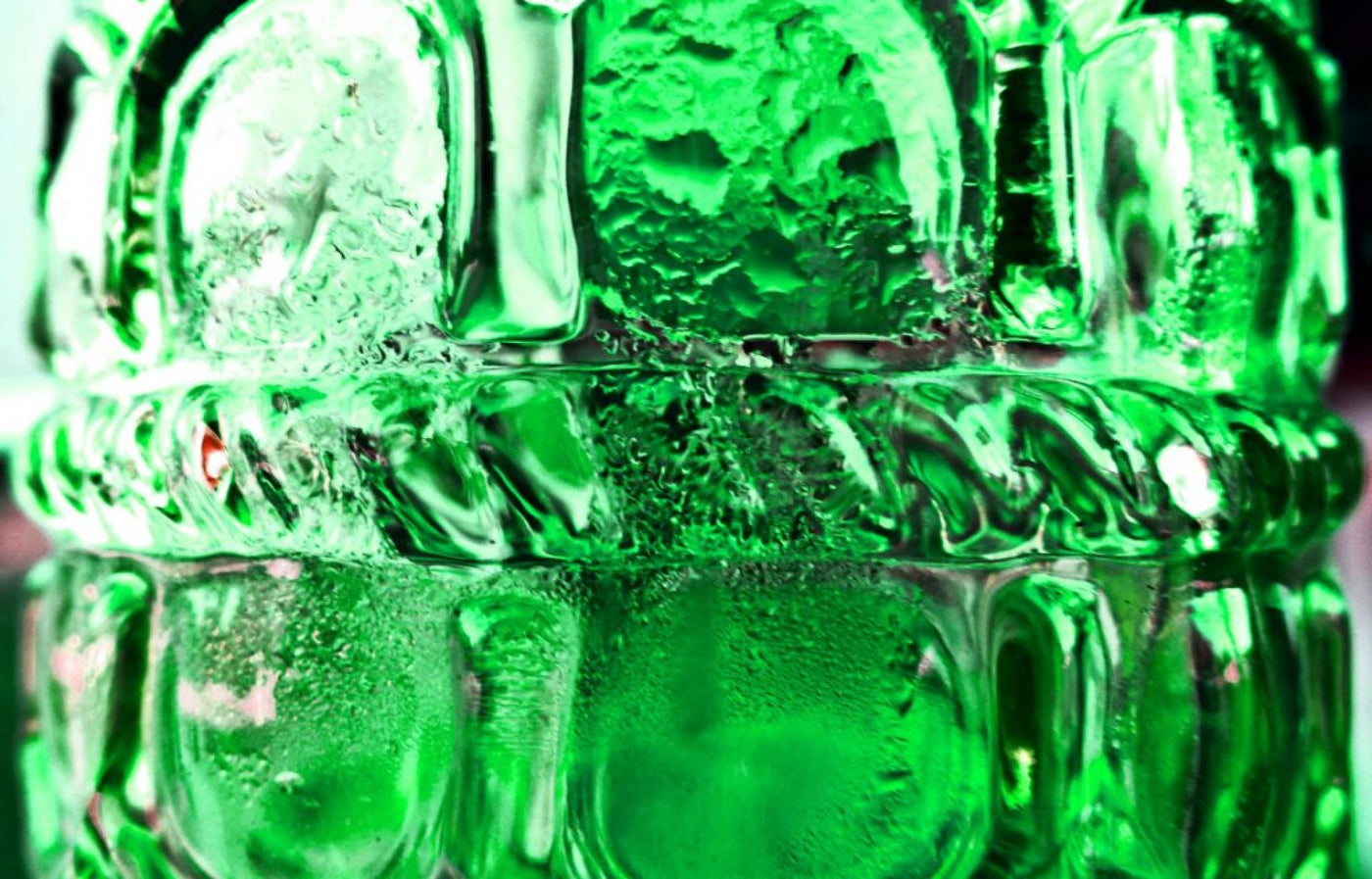Your Cart is Empty

In a consumer-based society, the importance of proper food storage technique is a given. We want our food to last as long as possible. While the human biome needs healthy bacteria to thrive, there are harmful bacteria that can cause illness if food is not adequately stored to slow the process of bacterial growth. In prehistoric times, hunter-gatherers found that their game would last longer if packed in the freezing snow or coolness of a cave. Temperatures ranging between 40 and 140 degrees Fahrenheit promote the most rapid growth of bacteria that cause spoilage, however today, we have much more efficient storage techniques than our ancient ancestors.
As our technologies continue to evolve we are now overwhelmed with options. The problem we face today becomes: which storage technique is the best? If we are comparing plastic and glass materials, glass is the way to go for four main reasons.
According to the kitchen appliances and technology director for the Good Housekeeping Institute in New York, Sharon Franke, “Generally, a glass is the most airtight.” She cites a published study by Good Housekeeping that found glass containers can keep air particles out for up to two weeks! Both glass and plastic containers were tested in a climatology lab that used a special and sensitive type of silica gel beads. The beads changed color depending on the levels of heat and humidity, and while plastic containers performed adequately for around a week, glass was found to be notably superior with double the airtight storage time.
The controversial plastic chemical correlating to possible adverse health issues, bisphenol-A (BPA), is a hot topic due to the media coverage it has received. Although the U.S. Food and Drug Administration deems the chemical safe, and many plastic manufacturers now avoid the substance altogether, the safest route is choosing glass which contains no BPA. When plastic containers are heated, especially microwaved, BPA leaks from the plastic container into the food. This poses the potential risks mentioned above when consumed, as well as risks for the surrounding environment.
Have you ever noticed that foods like marinara and milk from your local grocery store taste better when packed in glass? This principle holds true for foods stored at home. The glossy, non-porous surface of dense glass repels residual flavors as well as food odors. Differences become clearer when you compare the potentially off-putting mixed flavors of plastic microwaved foods to the clean, fresh taste of heated foods from glass containers. Also, plastic’s humid greenhouse effect can make food “steamy” when stored, resulting in a not-so-pleasant soggy-feeling food.
Besides the human-centric reasons above, glass containers come with the added benefit of reducing landfill. Up to eighty percent of all recycled glass can be reclaimed, and toxins are not produced during its recycling process. The heavier, quality feel of glass containers compared to a sprawling set of plastic Tupperwares can give one a better sense of value when handling the glass. It is easier to become ethically conscious when one values their physical containers and wants to take care of them for future use.
Clearly there are many reasons to use glass instead of plastic in your kitchen. Did we miss anything? What are some use-cases where you have changed from plastic to glass? What changes do you want to make in your kitchen? Did you agree or disagree with this article. Please let us know it the comments below. Thank you for reading.
4 Reasons Why Glass is Superior to Plastic for Food Storage in the Kitchen